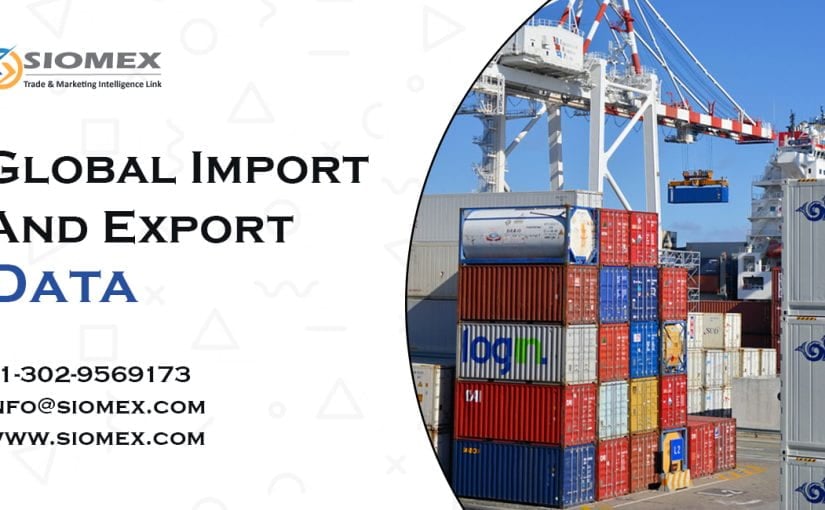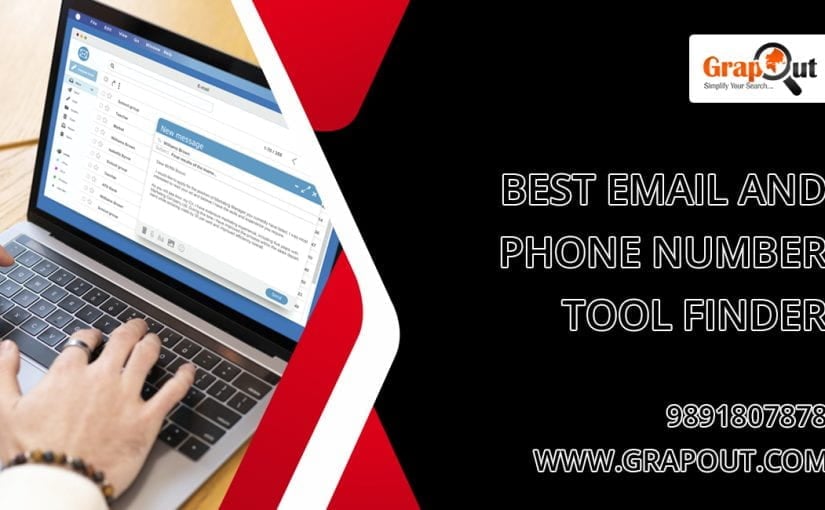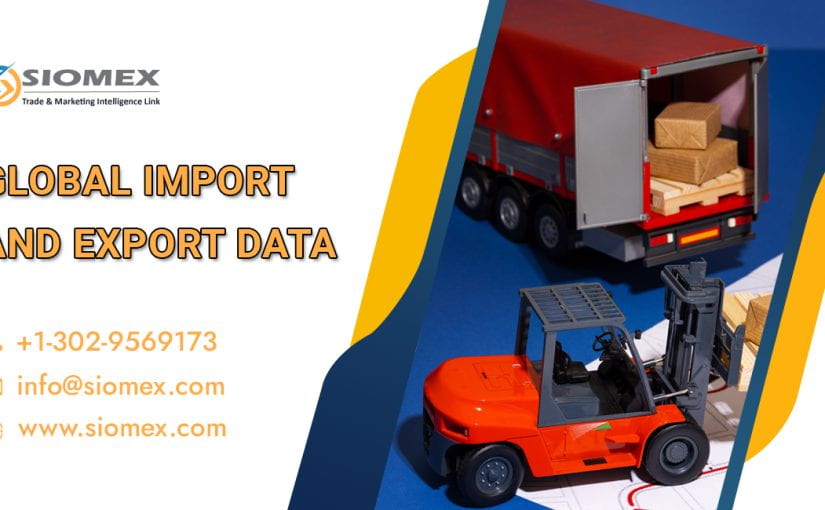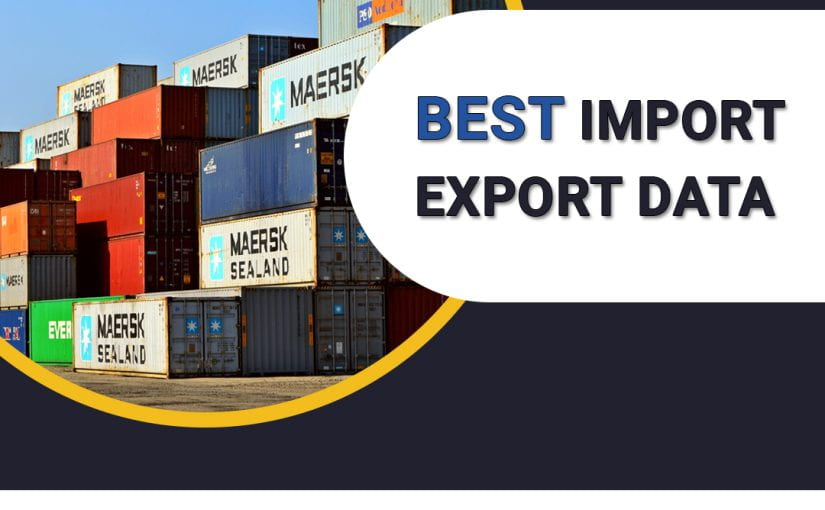Cross-border business, it can seem, is bottomless business. Contrasting languages, currencies, cultures and sets of rules make the process exhilarating but also mystifying. When companies from separate countries come together to work, trust is fundamental. And trust is not just instantaneous it’s based, yeah, on verified facts.
In this piece, feel free to explore how verified information minimizes risk in your international business and why is it important and how some platforms like Siomex, an import export data provider, will make it a seamless experience for all businesses globally..
The Importance of Little Things in Global Business
Picture this: You’re about to purchase something expensive online from a stranger. Would you ever send money without first researching reviews, product details and delivery terms? Probably not. Now imagine that a million dollars is at stake — because for international businesses, it is, every day.
- A misplaced document, an untrue assertion, or an unconfirmed partner, and you have:
- Monetary losses — paying for products that are never delivered.
- Legal hassles – Transgressing laws unwittingly.
- Reputation loss – we lost customers due to broken promises.
The good news? Accurate information can, at least, mitigate these issues. This is where Siomex shakes things up with the help of genuine import-export data that businesses can actually rely on.
Categories of Known Detail That Mitigates Risk
Verified Company Information
Before teaming up with a foreign company, businesses typically ask:
- Is the company officially registered?
- Who’s it owned and controlled by?
- Is the company well known for dependable business?
Siomex, for its part, helps by providing access to company information from different countries so companies “know whom they’re dealing with,” explains Menzies. For instance, an Indian clothing brand that wants to purchase fabric from Turkey can now leverage Siomex data to ensure the supplier is trustworthy.
Verified Product Details
When goods are crossing borders, quality becomes a serious concern. The verified nitty-gritty product specs, testing certificates, packaging standards ensure both sides agree on what is getting shipped.
By using Siomex data, companies can monitor the information on their products, see market trends and check what there is demand for. It decreases the possibility of misinterpretation, making trade easier.
Verified Financial Details
Money is the heart of trade. Verified bank accounts, payment terms and transaction records provide safeguards for ensuring funds don’t go missing to the wrong location.
By analyzing trade data, Siomex assists companies in finding patterns in payment behavior and trade history. For example, a buyer with a good history of high imports would be more trusted by exporters.
Verified Shipping and Customs Details
Trade, too, is about customs, ports and logistics. Verified shipping information minimizes the chances of delays, fines, or having the product seized.
Siomex lets businesses gain insight from shipment records and customs data to avoid surprises. A company, for example, that is exporting electronics from Mexico can verify the proper codes and shipping records via Siomex before they send products.
How Verified Information Mitigate Risks in Business
Prevents Fraud
One of the greatest risks in global trade is fraud. With verified facts — such as company records and trading history from Siomex — businesses can intercept fraud before it takes place.
Sample: A U.S. furniture importer was able to sidestep a swindle after it double-checked supplier records through Siomex and discovered that bank details did not align with the legitimate company account.
Builds Trust Faster
When both parties know that the opposite party has checked details, trust develops informally. Siomex ensures exporters and importers with accurate information, making the negotiations easier and the partnerships stronger.
Ensures Legal Compliance
Different countries have different rules. Verified compliance information, which is sometimes accessible through Siomex’s customs data, allows companies to avoid inadvertently breaking laws.
Protects Reputation
A bad deal can tarnish a company’s reputation for years. It also means businesses working with real partners and getting what they are promised—further building customer trust.
Saves Time and Cost
Rather than going after missing goods, or redoing contracts, verified Siomex data helps companies make the right decisions faster. This is a time and money saver in the end.
Everyday Example: Coffee Trade
Consider a simple example the coffee trade.
A cafe proprietor in Germany would like to purchase beans from a farmer in Brazil.
The cafe owner needs confirmation the farm is certified organic, the beans are top quality, and the farm is viable to export from a legal perspective.
The farmer, on the other hand, needs verifiable specifics that the café will pay and can bring the beans into the country legally.
With the help of Siomex trade data, the two parties can ensure the legitimacy of each other, check the shipment history of the goods, and confidently make a transaction.
Balancing Risk and Opportunity
Risk and opportunity are always bedfellows in business. Without risk, there’s no reward. But smart businesses don’t take blind risks they take calculated ones. Accurate information is the instruments by which risk becomes manageable.
It’s akin to buckling up in a car. You can’t eliminate all risk from driving, but you can minimize the potential harm. Siomex is the seatbelt in the [fast-moving car of] international business.
Frequently Asked Questions (FAQ)
Q1. Why is this need for verification important for international business?
Validation makes sure that the information being exchanged between businesses is correct. It minimizes fraud, fosters trust and eliminates costly errors.
Q2. How Siomex assists in verification?
Siomex offers access to import-export data and customs information as well as trade history that enable businesses to check partners, shipments and products.
Q3. Can it also work for small businesses?
Yes. Small businesses face more exposure because they can’t absorb losses. Siomex enables them to take safe decisions by providing them with validated information at their finger tips.
Q4. Does verification result in delays to business transactions?
This is likely going to take more time at first. But over time, using Siomex saves time by avoiding disputes, delays and fraud.
Q5. How does confirming data protect your reputation?
When businesses transact with partners they trust and deliver what they promise, their reputations increase. Siomex is the verified data that allows this to be so.
Q6. Can Siomex, also, provide market insight?
Absolutely. Beyond verification, Siomex notes product trends, top buyers and top suppliers, to help companies find new opportunities.
Conclusion
There are countless opportunities, but also threats, in international business. Verified information isn’t just paperwork it is the bedrock of trust, of safety, and of long-term success.
And, with a reliable partner such as Siomex, companies have reliable access to the correct import-export data they need to minimize business risk, avoid fraud and build the kind of world-wide, long-term business relationships that you need to successfully compete in global marketplaces.
So, if you are a small exporter finding out the ropes, or if you have already become a multi-national company, remember this one simple thing: Key verified facts, with the unqualified Siomex reputation, diminish risk, foster trust, and unlock the doors to global achievements.









